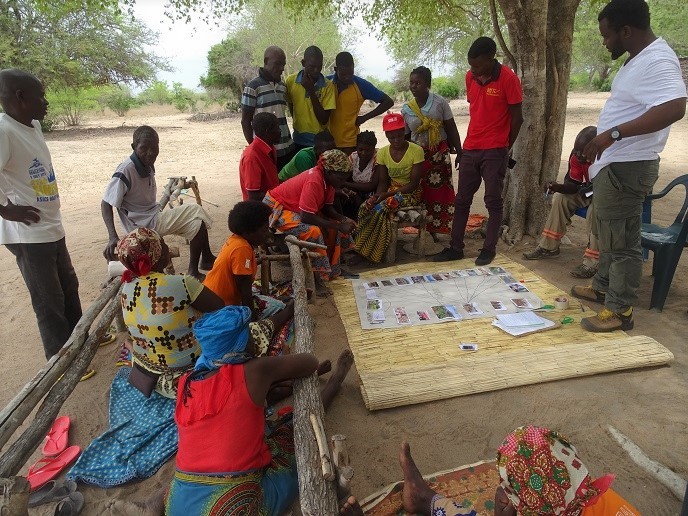Combining wood anatomy assessment techniques improves modelling of carbon sequestration
Forests help regulate the gas composition that affects Earth’s climate, via a process called carbon sequestration. This means that forests absorb atmospheric carbon via photosynthesis, and then lock it away in wood. To date, models of carbon sequestration have assumed that the process is directly proportional to a forest’s rate of photosynthesis. Newer information suggests that under certain environmental conditions, a tree could be photosynthesising yet producing little or no wood. Knowing how much wood is produced under various conditions is an important variable for modelling global warming.
Details of wood growth
The EU-funded INTREE project examined the environmental factors affecting tree carbon sequestration in temperate and boreal (high-latitude) forests. The traditional way to measure tree wood growth is via tree ring analysis. However, the annual scale lacks the resolution to assess the effect of weather on wood formation and how tree ring width relates to wood mass. INTREE filled this gap by innovatively relating intra-ring wood anatomy to three measurement techniques, each being applicable at different scales. The research was undertaken with the support of the Marie Skłodowska-Curie Actions programme. The study combined tree ring analysis, quantitative wood anatomy and xylogenesis. “Tree ring analysis mainly consists of measuring the width of the annual ring increment of several trees at a site,” says project coordinator Patrick Fonti. Then researchers cross-date each tree ring to correctly assign it to the correct calendar year. “Once cross-dated, the relations between the width of the annual rings can be established.” Widely spaced rings mean relatively rapid growth. Quantitative wood anatomy involves microscopic sizing of cells forming the tree ring. Dimensions of the water-transporting conduits indicate how the environmental conditions affected cells production and their anatomic characteristics. The total area of the vessel walls provides a good estimate of the amount of carbon stored in the wood. Finally, xylogenesis study means weekly monitoring of a growing tree, using micro core samples, to examine the formation of the annual ring. This also relates the formation of cells to environmental conditions.
More accurate climate models
The study concluded that quantification of the growth of water-transporting cells is a superior indicator of carbon sequestration in wood compared to tree ring growth. “So forest carbon sequestration can be better indicated by assessment of the cell characteristics of the annual rings,” adds Fonti, “rather than by the widths of the rings.” Researchers also found that the recent onset of early summer drought can affect the size of a tree’s water-transporting conduits. Therefore, even at high latitudes, increased summer temperatures can affect conduit formation. As climate change worsens, this could cause hydraulic deterioration, growth decline and reduced carbon sequestration. Joining up the three measurement techniques has never previously been done. Doing so allows accurate measurement of how climatic variations affect the amount of carbon annually locked up in the tree stem. INTREE’s results add important detail to the modelling of carbon sequestration, giving improved capacity for prediction of climate change. This will also improve mitigation through forest management.
Keywords
INTREE, carbon sequestration, forest, tree ring, wood anatomy, climate change, xylogenesis







